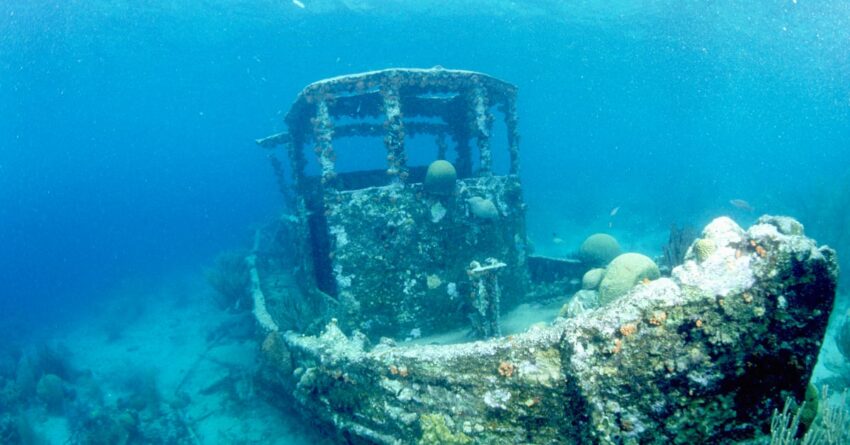Scientists Unearth Centuries-Old Secrets From Swedish Shipwreck

Divers in Sweden have been exploring a shipwreck off the coast of Stockholm near Maderö Island for decades. When humans first went down there in 1969, they found a large medieval trading ship filled with bricks. But a complete investigation into the ship was never done until May 2022 when a group of archaeologists went underwater themselves and took photographs and samples of the wreckage.
Their findings were published in the International Journal of Nautical Archaeology on Jan. 5. Because so little is known about ships from this time period, anything scientists are able to find is incredibly valuable. “Not so much is known about the architecture of these ships, so every new wreck that is surveyed increases our knowledge a lot,” study co-author Niklas Eriksson said in a statement.
Researchers found a number of interesting tidbits from the materials they found. While the ship was thought for many years to have been made of Swedish wood, analysis found that some of the timber came from other parts of northern Europe. Some of the wood was dated as far back as 1467.
“The different origin of the wood suggests that the Maderö ship was built at a shipyard that brought in and imported material from a larger area, rather than relying on locally grown wood,” archaeologists pointed out.
Bricks and roof tiles were also found, similar to when the shipwreck was first explored by humans decades ago. But chemical analysis of the samples traced the masonry to the northern German state of Mecklenburg-Vorpommern, rather than in Scandinavia. Having these materials brought in from other places is “a bit surprising,” scientists said, “as it has been assumed that the domestic production of bricks and tiles could meet the demand of construction works.”
Related: Coveted Cuisine, Craft Brews, and Lush Landscapes: The 4-Day Weekend in Skåne, Sweden
While the cargo suggests that the ship sank on a trading voyage, researchers found several cannonballs on the boat, implying that the sailors might have had to confront pirates on the high seas. They even found sulfur, used in making gunpowder, on one of the cannonballs, so it might have even been loaded in a cannon and ready to fire when the ship went down.
“During the 14th to 15th century there [was] a lot of piracy on the Baltic Sea,” Eriksson stated plainly. Because many countries at the time didn’t have their own maritime military force, large ships such as these were used for both trading and defense.
Perhaps there’s a Pirates of the Caribbean spin-off to be made about pirates in the Baltic.


